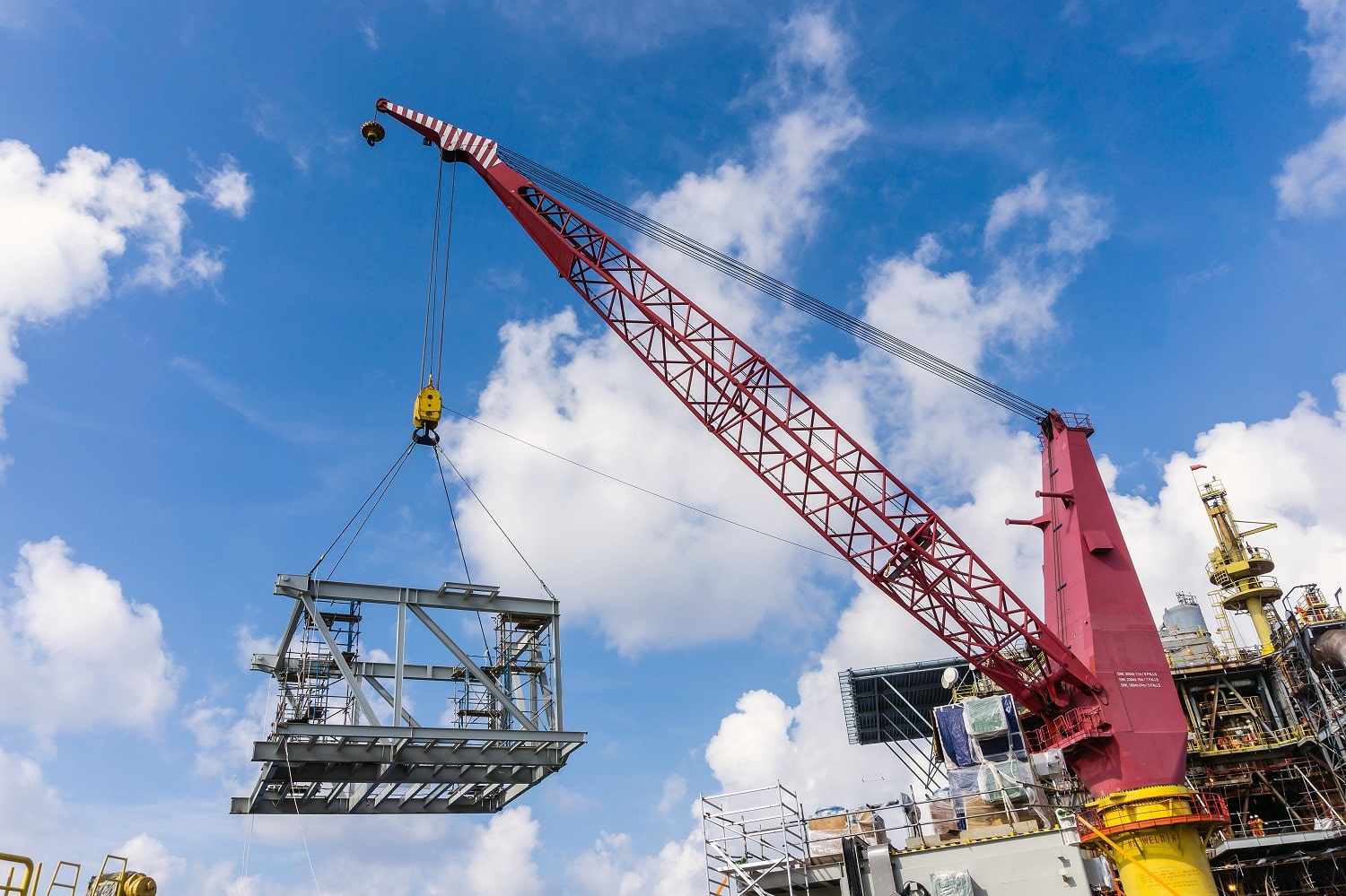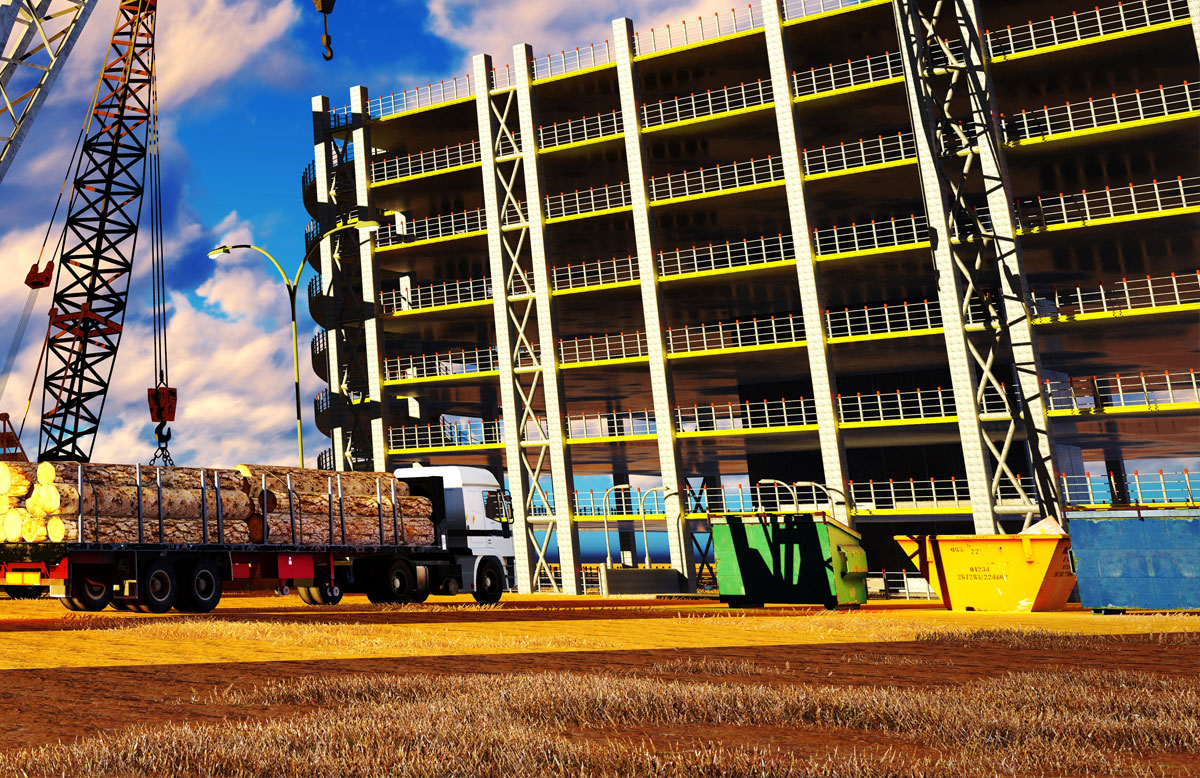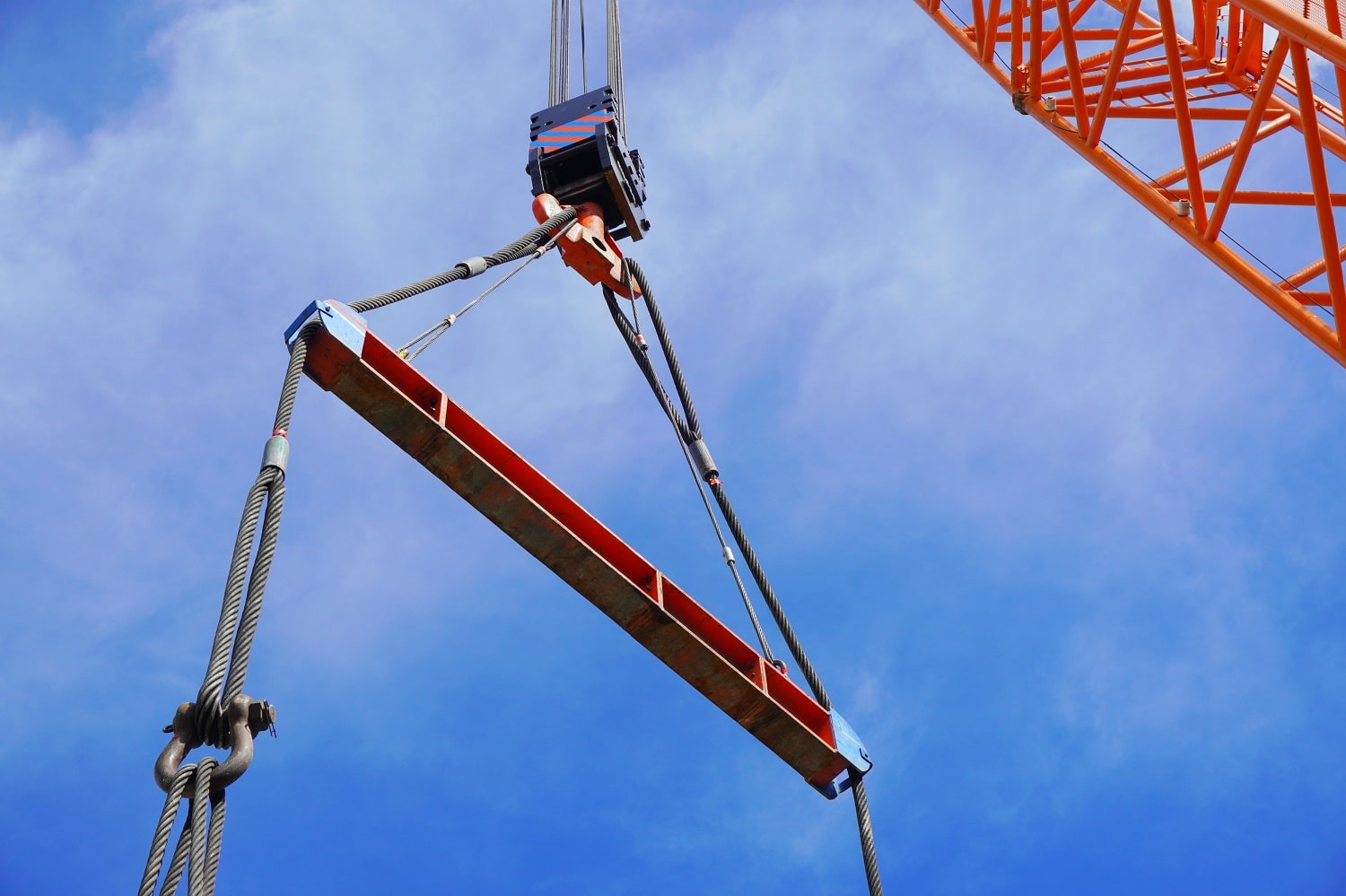Understanding Working Load Limit and Breaking Strength in Rigging and Lifting Equipment

When it comes to rigging and lifting equipment, it is important to understand the terms working load limit (WLL) and breaking strength. These terms describe the maximum weight or force that the equipment can handle, and they play a crucial role in ensuring safety and avoiding accidents. In this article, we will explore the differences between WLL and breaking strength, and how to determine the appropriate rating for your equipment.
Working Load Limit vs Breaking Strength
Working load limit (WLL) is the maximum weight or force that a piece of lifting equipment is designed to handle during normal use. It is also referred to as the safe working load (SWL), rated capacity, or working load. The WLL is usually determined by the manufacturer and is stated on the equipment along with other important information such as the model number, serial number, and date of manufacture.
Breaking strength, on the other hand, is the maximum weight or force that a piece of lifting equipment can handle before it breaks. It is also known as the ultimate strength, tensile strength, or breaking load. This value is usually much higher than the WLL and is determined through destructive testing of the equipment to determine its ultimate strength.
The difference between the WLL and breaking strength is important because it determines the safety margin or factor of safety. The safety factor is the ratio of the breaking strength to the WLL, and it represents the degree of safety built into the equipment. The higher the safety factor, the safer the equipment is. The standard safety factor for lifting equipment is usually 3:1 or higher, which means that the breaking strength is at least five times the WLL.
Determining the Appropriate Rating
When choosing lifting or rigging equipment, it is important to determine the appropriate WLL based on the intended use and the weight or force that will be applied. The WLL must be equal to or greater than the weight or force being lifted or pulled. It is also important to consider factors such as the angle of the load, the number of attachment points, and the condition of the equipment.
To calculate the WLL, it is necessary to know the breaking strength and the safety factor. The WLL is calculated by dividing the breaking strength by the safety factor. For example, if the breaking strength is 10,000 pounds and the safety factor is 5:1, then the WLL is 2,000 pounds.
Commonly Asked Questions
Q: Can the WLL be exceeded?
A: No, the WLL should never be exceeded as it could cause the equipment to fail and result in injury or damage.
Q: Can the breaking strength be used as the WLL?
A: No, the breaking strength should not be used as the WLL as it does not provide a safety margin or factor of safety. Using the breaking strength as the WLL could result in equipment failure and injury.
Q: How often should lifting equipment be inspected?
A: Lifting equipment should be inspected prior to each use and regularly according to the manufacturer’s recommendations and any applicable regulations or standards. Inspections should also be performed after any significant use or exposure to harsh conditions.
In conclusion, understanding the working load limit and breaking strength of lifting and rigging equipment is crucial for ensuring safety and avoiding accidents. When selecting equipment, it is important to choose equipment with an appropriate WLL and safety factor based on the intended use and the weight or force being applied. Regular inspections and maintenance are also essential for ensuring that equipment remains in good condition and safe to use.




